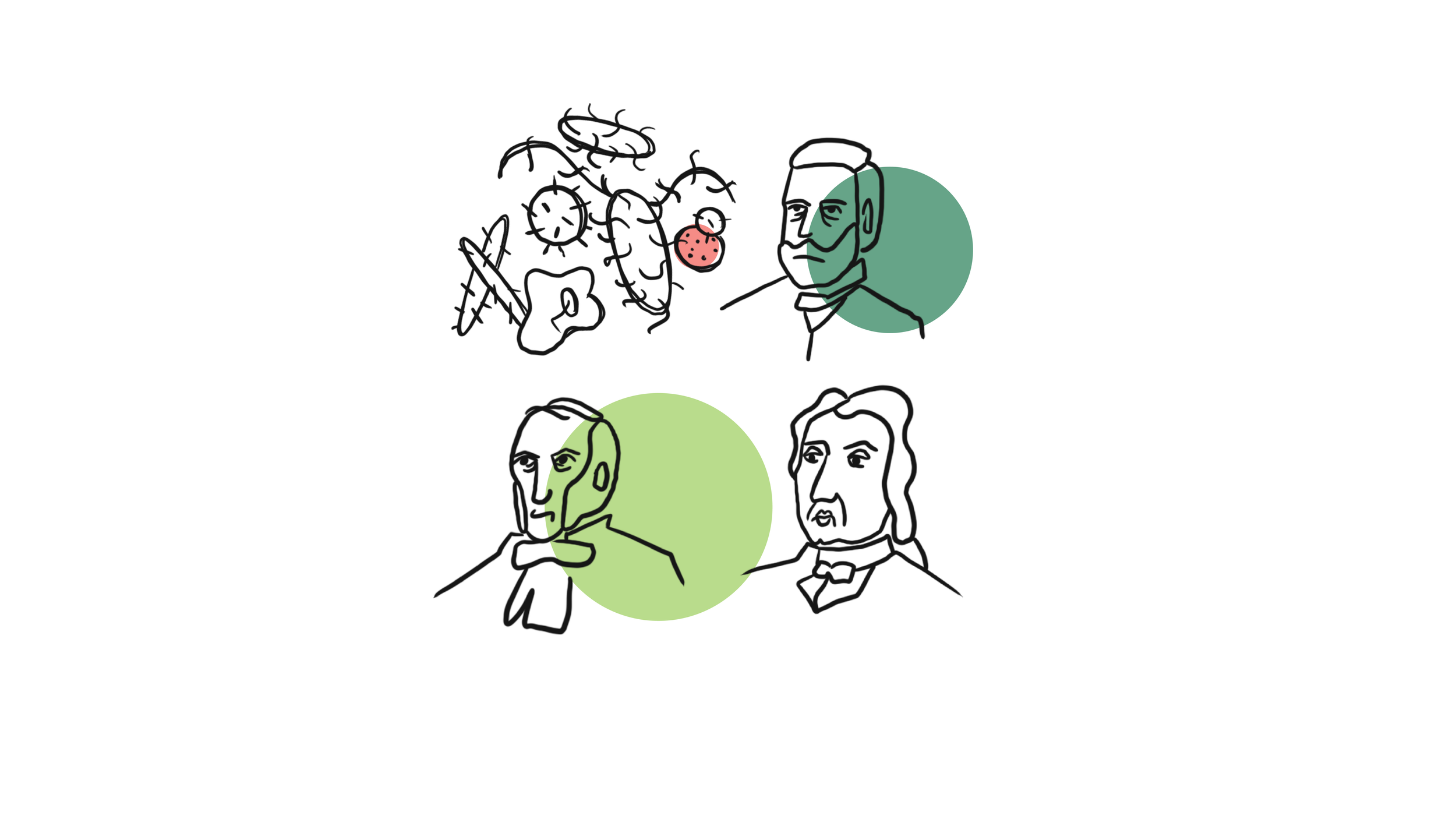This last year, public health has been at the center of our entire lives. Here at OSB, we wanted to take a look back in history and see how our current day compares to the past. How did public health develop? ? How has it shifted over time? Let’s take a look.
Beginning in the earliest of times, in the age of Antiquity, there was no notion of germs or even cells. Instead, people believed that sickness was the consequence of immoral actions. This notion was further indoctrinated by religious and cultural rulers dictating how communities should live. With little knowledge of germs and how diseases spread, coupled with unsanitary and unsafe living conditions, disease was rampant during the early ages of civilization.
However, some societies, like the ancient Romans and Egyptians, had begun to develop methods of public health prevention. For example, the ancient Egyptians utilized mosquito nets during the rainy season to prevent malaria and the ancient Romans developed sewer systems.
Nonetheless, as is the course with disease, the earliest ages were not spared from the spread of one of the worst epidemics in human history, the Bubonic Plague. The Bubonic plague spread through Asia and Europe through fleas on rats and ultimately took the lives of over 20 million people. Practices that slowed the spread of the disease across Europe included quarantine and social distancing.
In the late 1800s, a shift in public health thinking occured with the discovery of germs and cells. Up until then, miasma theory, which blamed disease on “bad air”, had been the common belief. Germ theory replaced that ideology. Early scientists like Louis Pasteur, John Snow, and Edward Jenner all advanced our understanding of not only public health but medicine in general. Snow, coined as the father of epidemiology, helped prevent the spread of Cholera by identifying a contaminated water source and Jenner contributed to the development of the first vaccine by inoculating people with cowpox pus, which later became the basis for the smallpox vaccine. The contributions of these early scientists helped solidify the importance of preventative medicine, which set a foothold for public health to truly flourish.
This brings us up to the late 1900s and present day where we have commonplace primary health care. With generally wide access in developed countries, we’ve seen unmatched abilities to improve health outcomes. Globally, international cooperation in regard to health initiatives has demonstrated great success as well.
Recently, we have seen another shift in public health thinking, adopting a more holistic approach through addressing the social determinants of health. This involves addressing the non-medical supports that are crucial to a person's health and well being such as access to healthy food, safe housing, and opportunities to advance up the socioeconomic ladder. We still have a lot of room for progress, but it’s incredible to see how far civilization has come and exciting to see where we can go.
Graphics by Sophie Becker, Design Strategist
Sophie is a design strategist at Orange Sparkle Ball. She is a recent graduate from RIT and holds a bachelor’s in industrial design and psychology. Her studies informed her interest in using design thinking to communicate abstract and complex ideas, particularly in public health.
Written by Liris Stephanie Berra, Public Health Innovation Analyst
Liris is a Master of Public Health student at Rollins School of Public Health, Emory University. She is part of the Global Health department, pursuing a concentration in Community Health Development and a certificate in the Social Determinants of Health.








